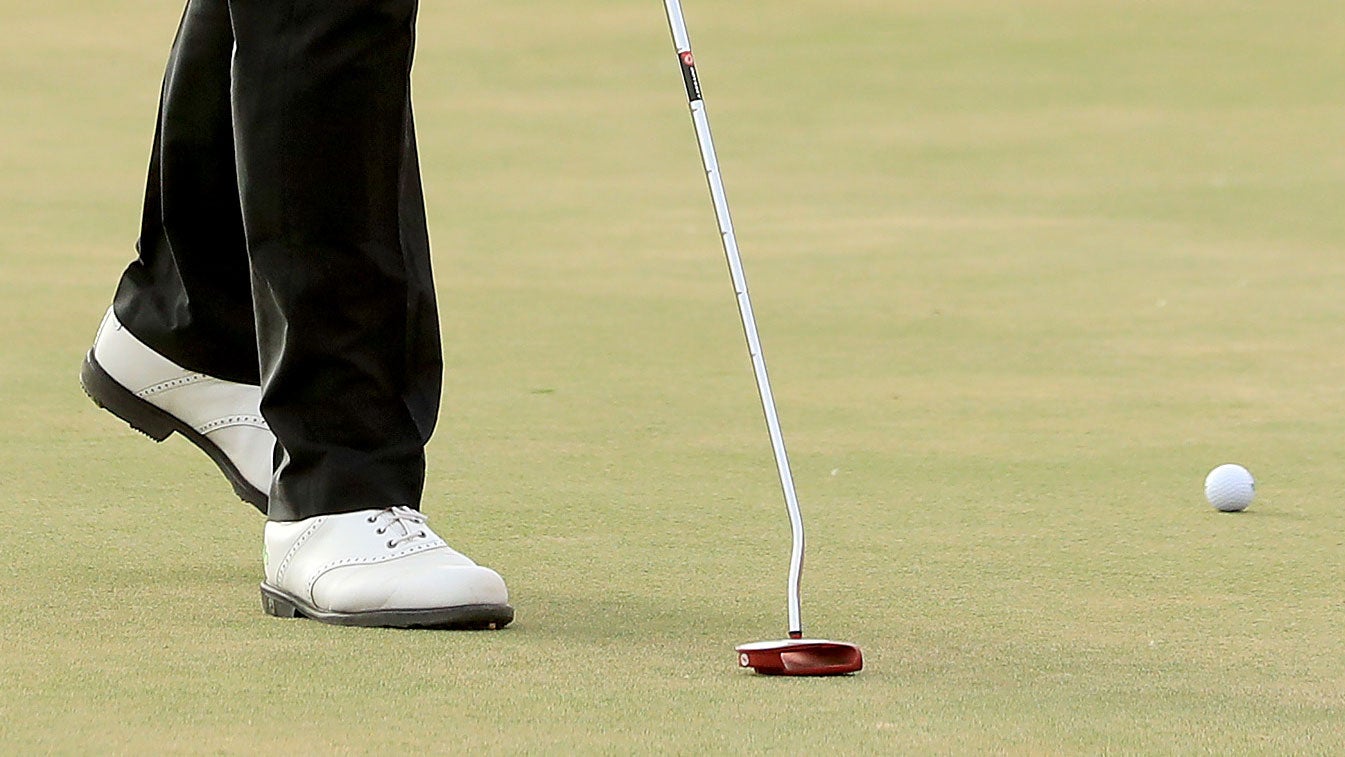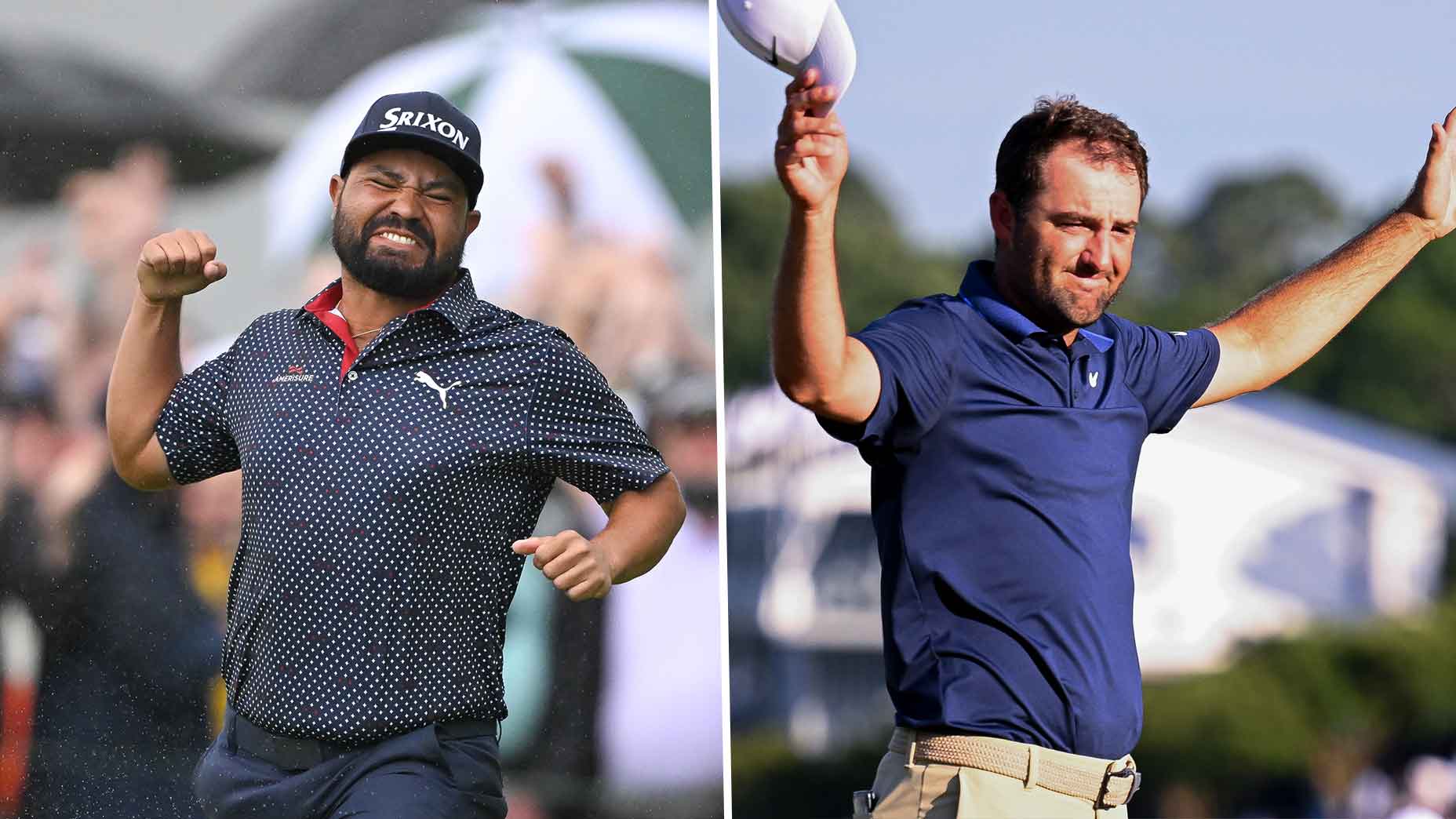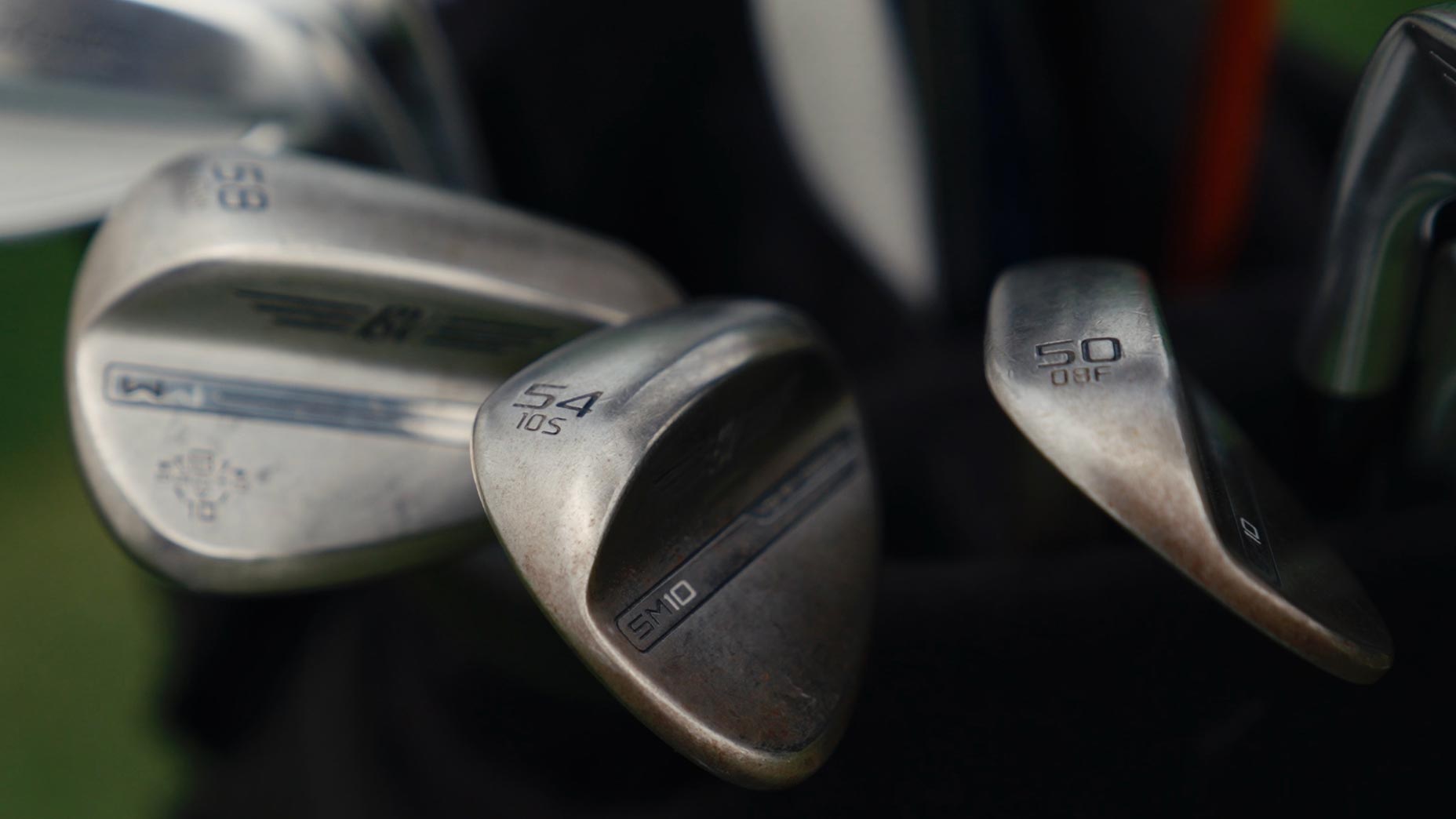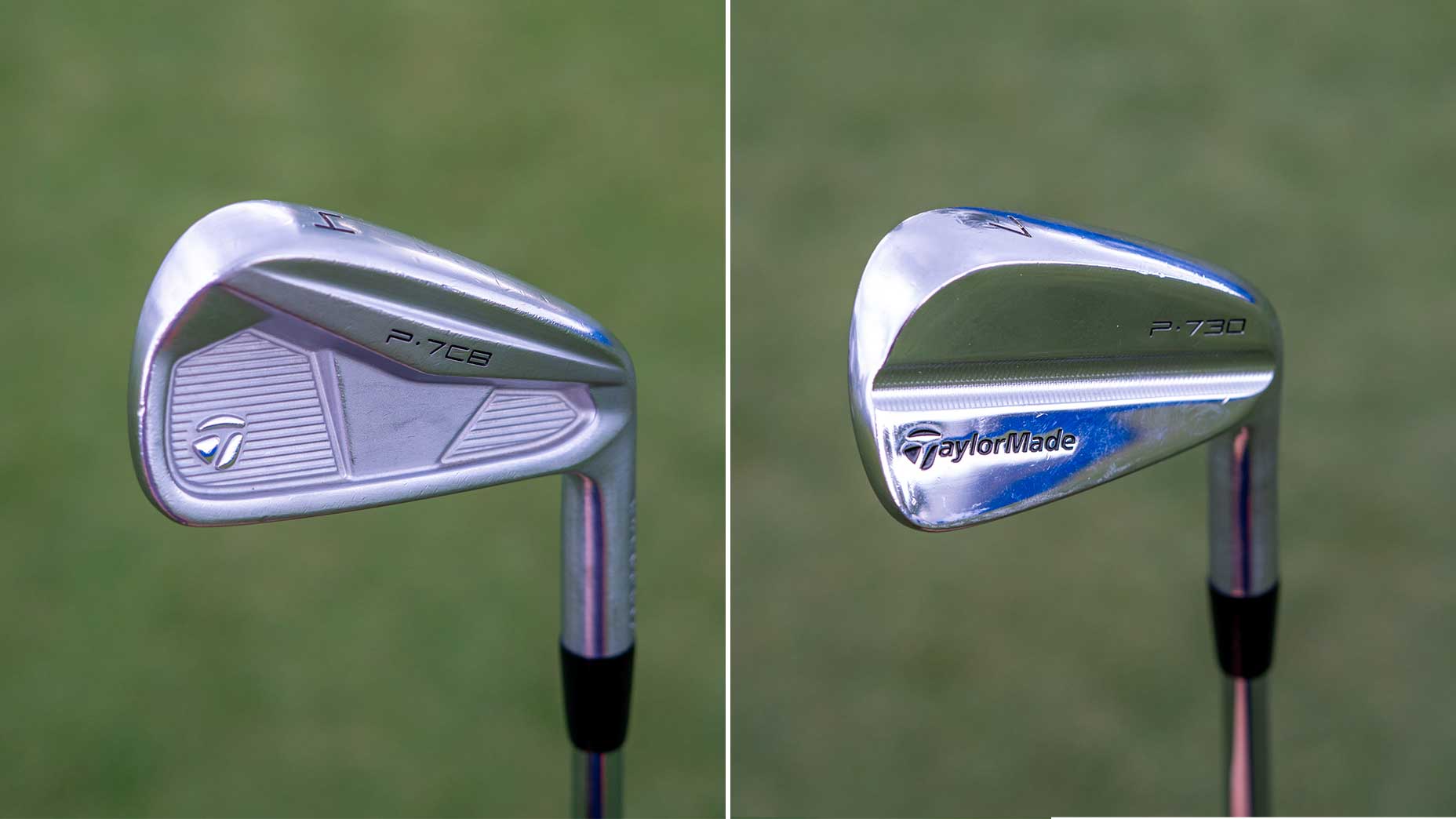BLAINE, Minn. — In golf, at every level, players police themselves. Which means there’s gray area.
Enter Rule 13.1c, Improvements Allowed on Putting Green, which rules experts will recall was tweaked in 2019.
Under the new legislation, players now are permitted to repair damage to a green without penalty by taking “reasonable actions” to restore the putting green back to its original condition. That covers things like ball marks and other imperfections, but for the most part it means repairing those pesky spike marks, which previously could have ever so slightly rerouted balls off course.
As with other rules, it’s up to the pros to abide by them. And for this rule specifically, it’s rare it makes headlines. Until this week.
In an appearance on “The Chipping Forecast” podcast this week, outspoken British pro Eddie Pepperell, when recapping the Open Championship, brought up Open winner Xander Schauffele and his application of Rule 13.1c.
Rules Guy: Is it legal to take a free drop from a dirt cart path with a concrete curb?By: Rules Guy
“The only thing that I’ve got negatively to say about Xander Schauffele, and you may have picked up on this, is how often he just bangs down spike marks that simply cannot be there from inside three feet,” Pepperell said. “Now that is something that, I’m afraid, the rule change is being abused there I’m afraid to say.
“If you watch Xander closely, he does it all the time. As soon as he has a putt inside 3 feet he’ll go and put quite a lot of pressure down with his putter and, more than just tap a spike mark. He’s actually putting quite a lot of impact on the ground. That’s the one reason why [I believe] that rule should never have changed.”
He added: “I’m not accusing the guy of cheating, and I’m also not saying that if he wasn’t doing that that he wouldn’t still be winning these tournaments … [but] you don’t see any other player as frequently as he does it.”
The problem with taking advantage of this rule, as Pepperell alluded to, is that if pros wanted to, they could fix “non-existent” imperfections and essentially create a subtle trough between their ball and the hole.
But is this an actual problem on Tour? And are players taking advantage of it? An informal poll of pros at the 3M Open Wednesday drew mixed responses.
Gary Woodland, a four-time PGA Tour winner and former U.S. Open champion, said he hasn’t seen anyone on Tour abuse the rule.
Billy Horschel, who is coming off a T2 finish at the Open Championship last week, said he endorsed the rule change five years ago but since then has noted some “excessive” tamping by his peers.
“The condition of the green changes throughout the day, so I think having the ability to tap it down is the right thing,” Horschel said. “But I do believe I’ve seen it enough on Tour — whether it’s in my group or watching — where I think some guys are doing it excessively a little bit, whether they are aware of it, or there’s any ill-will behind it, I don’t think so.
“But it does seem excessive sometimes when you see so many guys tap down stuff because I know personally I’m only tapping down a couple of spike marks here and there when I see them if it’s on my line. Certain guys are a little more excessive than other guys.”
Is Schauffele in that group, as Pepperell alleged?
“I don’t think so,” Horschel said. “I watched him at the PGA [Championship] this year and those greens are really soft and chewed up and I never saw anything that I thought was over the top in the little bit of coverage I did watch.”
Of course, the more players appear on telecasts, the brighter the spotlight on them. The majority of Tour pros get little TV time.
Two-time PGA Tour winner Troy Merritt said he didn’t have strong feelings either way regarding if pros were taking advantage of the rule but said it’s common for players to push down spike marks even for short putts.
“I can tell you that every group that I play in — and almost all of them are not on TV — is tapping down spike marks inside of 2, 3, 4 feet,” Merritt said. “If you go on the green and you don’t tap down one spike mark on every green, that would be surprising.”
In terms of whether pros are abusing the rule, Merritt said, only the players themselves can answer that.
“There is supposed to be damage on the green for you to tap down, but you’re the one that has to regulate that,” Merritt said. “You can’t see that on TV, for the most part. The fans can’t see that, the officials can’t see that. It’s just like calling a penalty on yourself when nobody else sees it. You got to be the one to say, ‘Yes, that was a spike mark or an old divot or some kind of damage and that’s why I patted it down.'”











